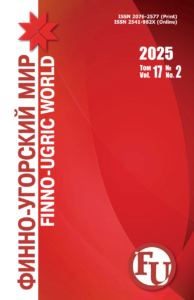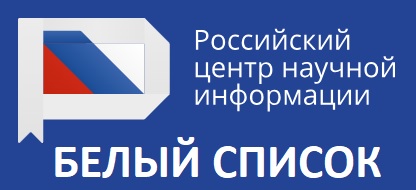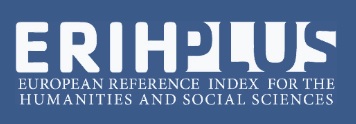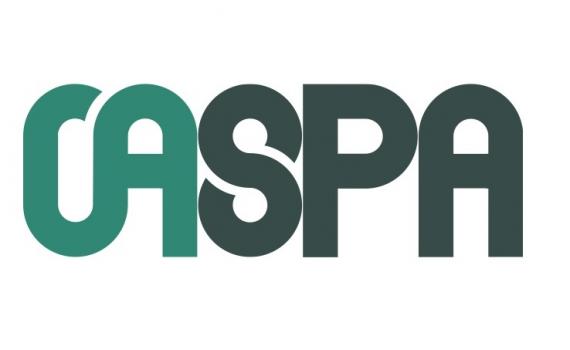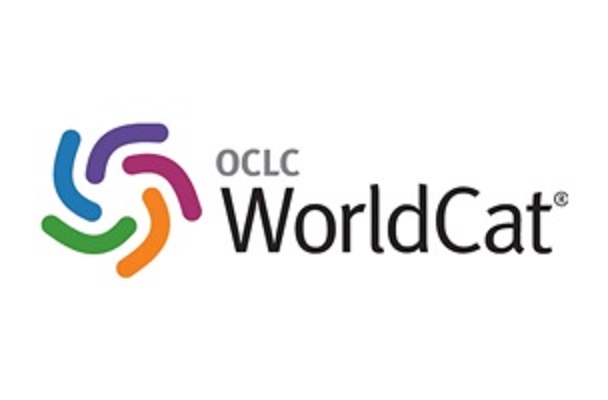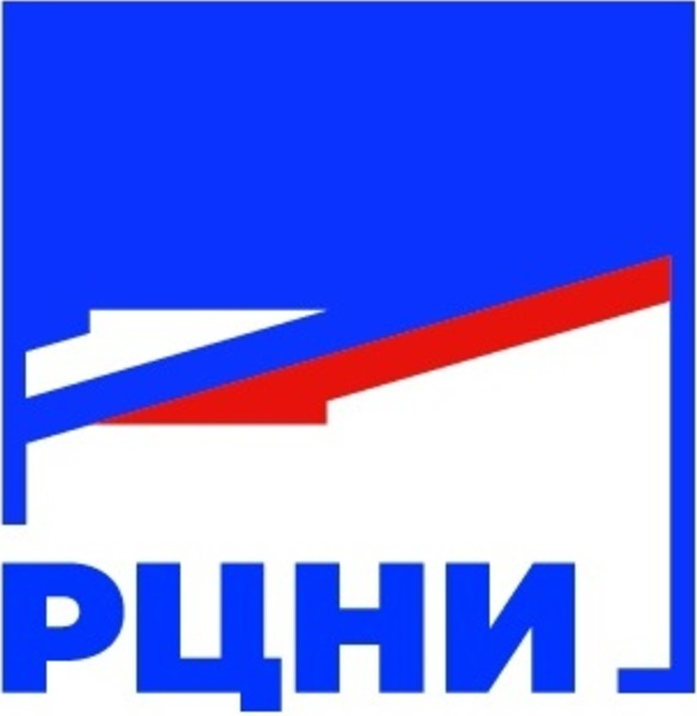DOI: 10.15507/2076-2577.010.2018.02.068-076
Demonstrative pronouns in the language of the Kirov Permians
Svetlana A. Sazhina,
Candidate Sc. {Philology}, Senior Research Fellow,
Institute of Language, Literature and History, Komi Scientific Center,
Ural Branch of the Russian Academy of Sciences,
(Syktyvkar, Russia), sazinas@rambler.ru
The article considers the system of demonstrative pronouns in the language of the Kirov Permians, one of the less studied dialects of the Komi-Permyak language. The subject of the research is substantive, adjective, adverbial, and quantitative demonstrative pronouns. The purpose of the work is to consider grammatical characteristics and specific features of the demonstratives. The results can be used in generalization in the area of historical dialectology of the Permian languages.
The empirical base of the research includes linguistic materials collected by the author in her dialectological expeditions to the area where the Kirov Permians resided in the 2002–2012. Linguistic materials are analyzed and interpreted in the context of the Komi language dialect.
The main focus of the work is grammatical characteristics and functions of the demonstrative bases and their derivatives: adjective, adverbial and quantitative demonstrative pronouns. The most numerous are adverbial pronouns, among which there are pronouns of place, time and mode of action.
The system of demonstrative pronouns of the dialect has a transitional character, revealing the features of the Komi-Zyryan and Komi-Permian demonstratives, and showing its own specific features.
Key words: Komi language; Komi-Permian language; Upper-Kama dialect; Kirov Permians; dialectology; morphology; pronoun.
For citation: Sazhina SA. Demonstrative pronouns in the language of the Kirov Permians. Finno-ugorskii mir = Finno-Ugric World. 2018; 2: 68–76. (In Russian)


